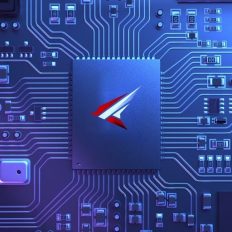The trade sanctions placed on Huawei mean that it has to rely on its local foundry partner SMIC, to push forth with advanced manufacturing processes for future Kirin releases. Fortunately, China’s largest semiconductor firm has successfully developed the 5nm process. This node is expected to be used in the Kirin 9100 that will be found in the Mate 70 series. However, while jumping to an improved manufacturing process is one of Huawei’s goals, a company executive states that they also want to address several 7nm issues.
The primary aim for Huawei, according to the executive, is to focus on the chip architecture, giving the company the opportunity to eliminate weak points
Zhang Pingan, Huawei’s Executive Director, said during a keynote posted on Bilibili that shifting to the 5nm or 3nm process is not the primary objective. Instead, the former Chinese giant will focus on polishing the 7nm process, which likely suffers from yields and other problems. According to Huawei Central, the ideology is to work on the chipset’s actual capabilities and not on a single manufacturing process.
If the chip’s architecture can be improved, Huawei will have sufficient bandwidth to address the semiconductor’s weak points. In an earlier report, we stated that SMIC’s 5nm wafers could be up to 50 percent more expensive than TSMC’s on the same node, and that was likely due to sticking with the existing and older DUV equipment instead of EUV.
Unfortunately, ASML, the only manufacturer of EUV equipment, has been barred from supplying Chinese companies with such equipment to prevent them from obtaining an edge against U.S. companies or those influenced by the latter. It is possible that SMIC continues to face production issues with 7nm chipsets like the Kirin 9000S and Kirin 9010, so Huawei could be working behind the scenes to address these issues with the foundry.
However, we continue to believe that if Huawei and SMIC do not purchase advanced EUV machinery, they may not fully tackle the 7nm problems mentioned by the executive. Then again, both companies may be aware of something we are not, and they may capitalize on this knowledge in the future.
News Source: bilibili





